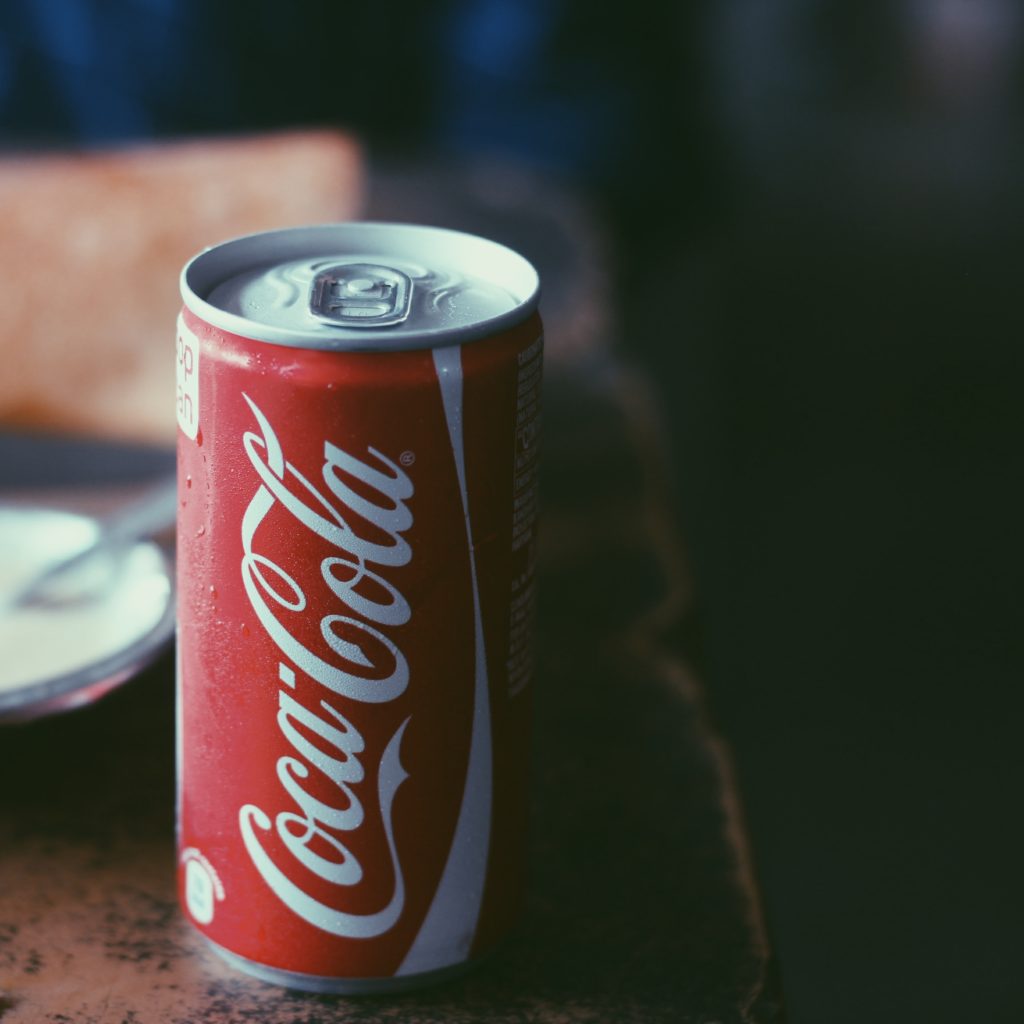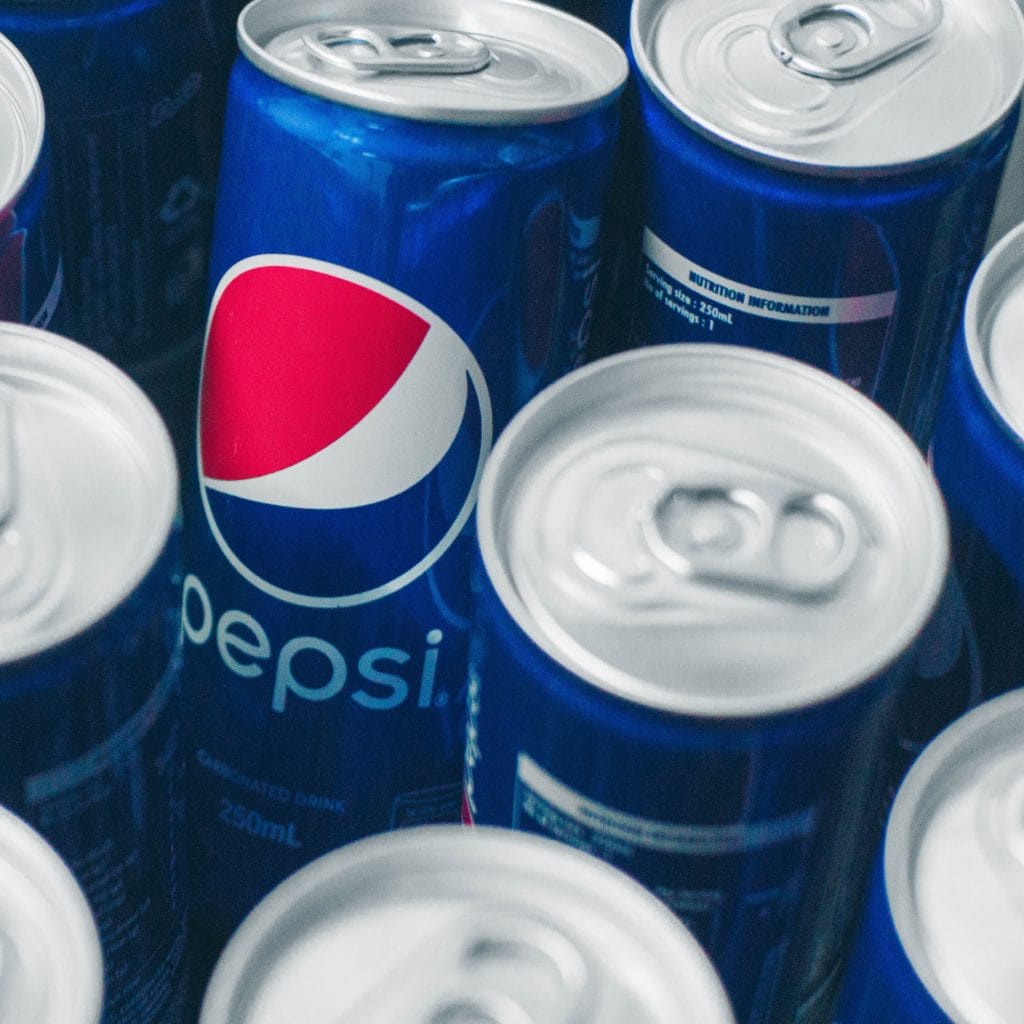

Coke. Pepsi. One could argue that there are more similarities than differences between these two. However, there is one huge differentiator. (And it’s not the taste — go ahead, take the challenge.)
It’s their personalities.
At Hyperquake, we want to take the differentiating power of personality to the next level. If match.com can increase the probability of making an initial match and lasting relationship in the dating world, why couldn’t we use those types of algorithms and insights to help brands?
We ultimately want to use a new framework that enables us to learn as much as possible about a brand and consumer personalities to pull the two together.
The science of personality.
After watching Dr. Helen Fisher on TedTalks and daydreaming about how “love” can make its way into branding and business, I met her while attending a P&G Alumni event. She has studied love, temperament, and personality, and is responsible for the science behind Match.com. Because of her studies, Match.com is said to increase the likelihood that two people will start a relationship by double digits.
This methodology is also the foundation of NeuroColor, a personality-based assessment tool and corporate workshop resource to help employers and employees better understand their personalities, how to communicate, and ultimately how to work better together.
There is a brain system responsible for personality.
I was intrigued. Since I’m already married, I skipped Match.com and leaned in on the NeuroColor tool. Moving beyond just observing behavior to neurologically understanding what about personality triggers action — I needed to know more. Luckily, Dr. Helen Fisher created a Personality Quiz that has now been taken by over 14 million people in 40 countries.
Helen created it to test the degree to which you express four broad styles of thinking and behaving, each associated with one of four basic brain systems:
- dopamine
- serotonin
- testosterone
- estrogen
Enthralled, I decided to become a certified NeuroColor Consultant.
As someone who believes in the power of the scientific approach, I know NeuroColor can help me better understand the brain system responsible for my personality — how I’m coming across to others, and how to adjust myself to work productively with them.
As a brand strategist, I believe there’s an opportunity to do this type of ‘testing’ for brands — grounded in science — so they can better appeal to consumers. Whether applied to the brand or consumer, this type of “matching” based on personality is a framework worth exploring.
Let’s break this down.
Personality is already a strong differentiator in market. It can create a “moat” for a brand if leveraged correctly. I want to know how we can take personality further, to better assess and learn how to communicate with consumers, making a brand genuinely more relatable, more likable.
So how do you focus on personality to engage and differentiate your brand in market?
Answer these questions– Is the personality unique? Is it connecting with your consumers? Is it engaging? Elevate the personality in your brand and you will start pulling people to you — because they will like you, and maybe even love you.
Brand versus consumer personality: It’s all human.
Today a brand’s personality is assessed by its behavior and key visual attributes. When creating a brand’s personality, Hyperquake looks to the Jungian Archetypes to help ground a brand by associating it with between one to three of the twelve archetypes that drive human behavior. We use these to create a more consistent, yet flexible look-tone-feel. Brands in many ways are very similar to humans: they’re alive in the world, constantly responding to people’s wants and needs.
For example, I’m always Sherwood MacVeigh, but how I express myself as a mom, at a formal event, with a friend or colleague can be different depending on what archetype is driving my behavior (if you’re curious I’m a mixture of Sage, Caregiver and Jester + sprinkles of the other 9 archetypes). The same is true with brands. Coke is always Coke, but it can leverage certain archetypes that drive its personality to better relate to people in different situations.
![]()
There are other frameworks that you may be familiar with, like segmentation studies or demographic audience profiles, and yes, all these approaches are important. But at Hyperquake, we believe that looking at consumers’ personalities will also be extremely important. Our point of difference is that we use the unique archetypal “brand-personality” approach, and now we’re looking to expand it by exploring this new scientifically-grounded pathway for defining our branding and marketing methodologies.
Archetypes as a framework for building brands, and aspirational consumers as a framework for understanding consumers — we need something that brings the brand and the consumer together!
NeuroColor as a framework to bridge the two.
We are discovering new ways to use existing intelligence, personality algorithms and assessment tools with brands and people — uncovering the next level of relationship and communication, and just like Match.com, increasing the probability of making an initial brand-consumer match into a lasting relationship.
